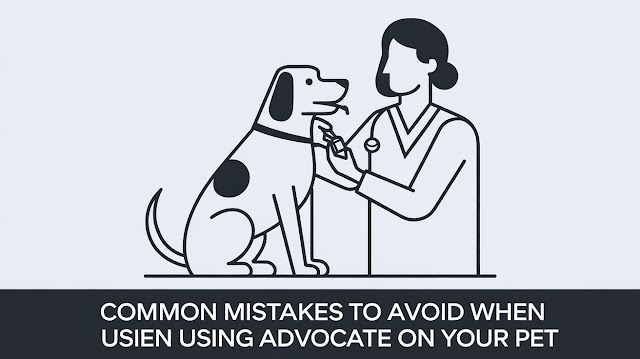Common Mistakes to Avoid When Using Advocate on Your Pet

Keeping your pets healthy and free from parasites is a top priority for any pet owner. Using Advocate For Dogs and Cats is a reliable way to protect your furry friends from fleas, heartworms, and other harmful parasites. However, many pet owners unknowingly make mistakes when applying this treatment, reducing its effectiveness. Let’s explore the most common mistakes to avoid so you can get the best results from Advocate. 1. Incorrect Application Technique One of the most common mistakes pet owners make is applying this incorrectly. If the product isn’t applied directly to the skin, it won’t be absorbed properly. Tips: Part your pet’s fur so the treatment reaches the skin. Apply between the shoulder blades, where your pet can’t lick it off. Avoid spreading the product over multiple spots; use one concentrated area for maximum absorption. Proper application ensures that Advocate for Dogs and Advocate for Cats work effectively, providing full-body protection against fleas a...
